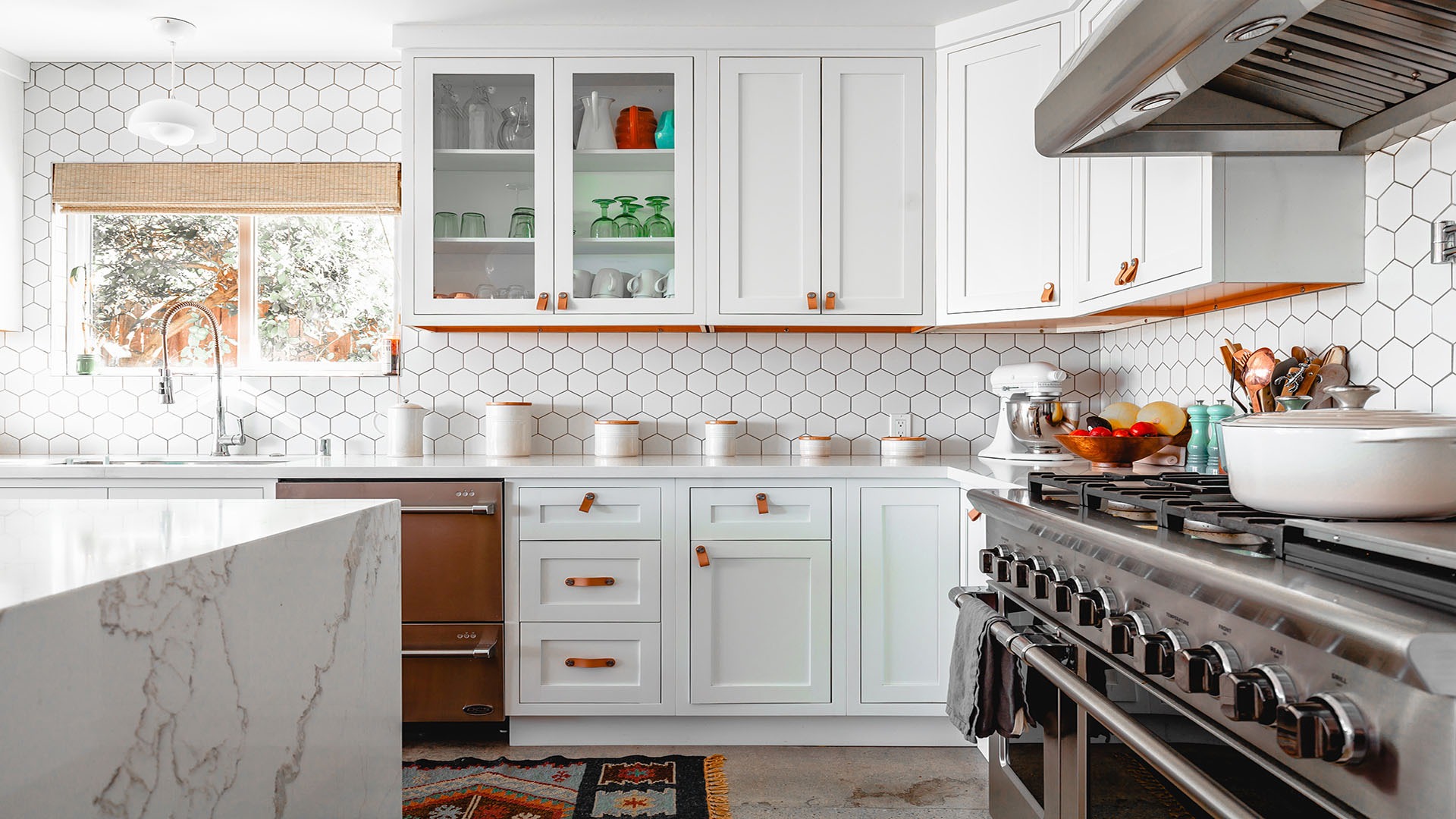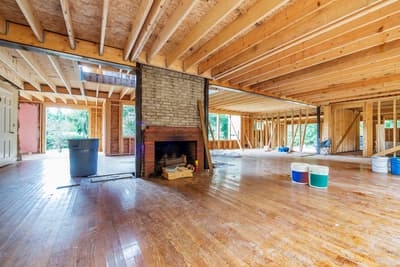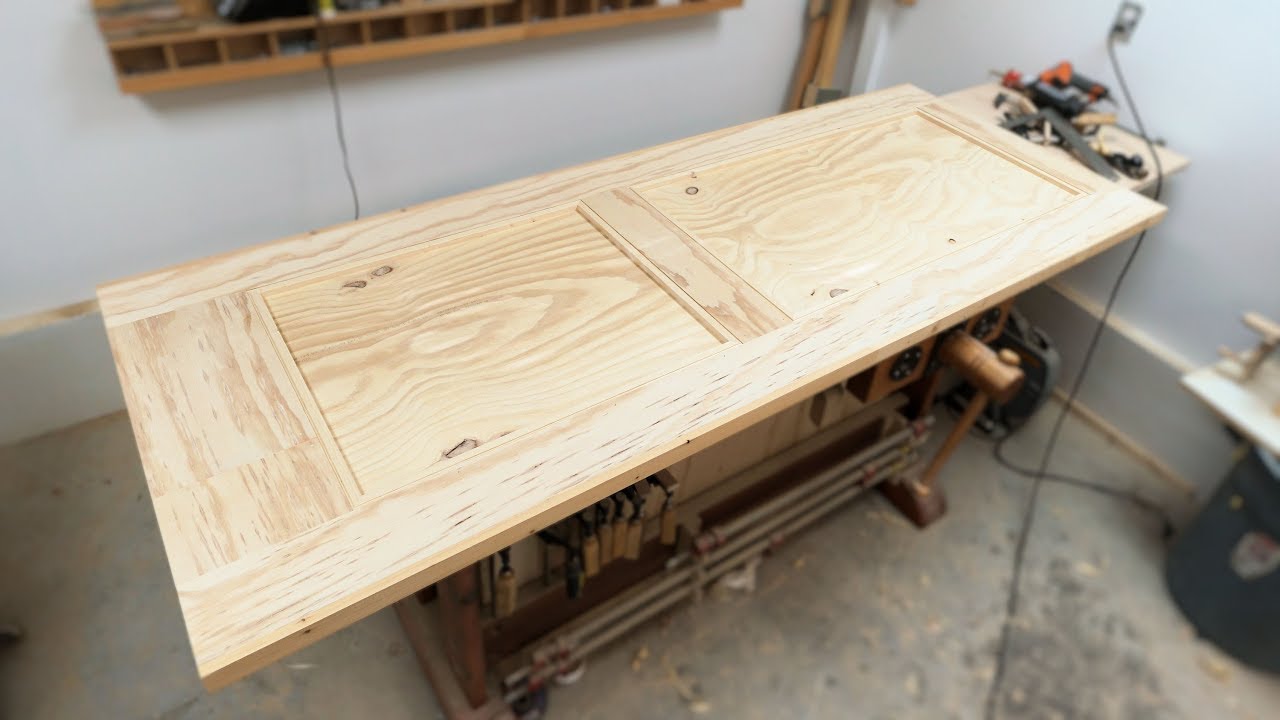
A vaulted ceiling will increase the value of your property by $10,000. The downside to this ceiling is that it will heat up your home more and make it more expensive. If your ceiling slopes, it will be more difficult to sell your house in the future. A vaulted extension can be very affordable, so it is definitely worth the investment.
The price range below will help you get an idea of what you can anticipate when you hire a contractor to work on your project. Remember that you should ask your contractor for a fixed price before he starts work. The price of your project will depend on where you live. If you are considering adding a vaulted roof to your home, it will create a feeling of luxury that will make your home feel like a palace.

If you want a vaulted ceiling in your home, you need to check the roofspace and attic space for existing beams. A vaulted ceiling is an excellent feature for a house. A house with more skylights on the roof will increase its appeal. The additional space will ultimately increase your enjoyment of your home.
The amount of work required to extend the vaulted ceiling depends on the size of the house. The project cost can vary from $18,000 to $25,000 depending on the type of house that you have purchased. It takes up to one month to complete. Although it's not an easy job, the extra space and improved air quality can make a difference in the overall appearance. It is important to be aware of a few points before you hire a company that will do the work.
Depending on the style of your home, a vaulted ceiling extension can add up to $25,000 in construction costs. It takes approximately a year to install. Vaulted ceilings are great for opening up the floor plan and making even the most basic home more appealing. This type of extension can add square footage. A vaulted ceiling can increase the total home's area by up to 3 square meters.

A vaulted roof extension is very similar to a normal roof. The main difference lies in the project's complexity and height. A standard ceiling is about six to eight feet high. Changing bulbs in a vaulted ceiling is a difficult task - you won't be able to reach the top of your recessed lights without a ladder. You can instead use special poles that reach the bulbs to replace damaged ones.
FAQ
How do you renovate a house with no money?
When renovating a home without spending money, the following steps should be followed:
-
You should create a budget plan
-
Find out what materials are required
-
Decide where you want to put them
-
Make a list.
-
Find out how much money your have
-
Plan your renovation project
-
Start working on your plan
-
Do your research online
-
Ask family and friends for their help
-
Be creative!
How should house renovations be ordered?
First, decide where you want everything to go in your renovations. If you are looking to sell your property soon, you need to plan how you will present your home to buyers. Next, think about how you want your living space, including the kitchen, bathroom and living room. Once you have decided which rooms you want to renovate, you should start looking for contractors who specialize in those areas. Once you have hired a contractor you can begin work on your renovation project.
Are there permits needed to renovate my house
Yes. Before you start any home improvements project, permits are necessary. In most cases, you will need a building permit and a plumbing permit. You might also require a zoning permission depending on which type of construction is being undertaken.
Can you live in a house during renovation?
Yes, I am able to live in a house and renovate it.
Can you live in a house and have renovations ongoing? It depends on the length of the construction. If the renovation process takes less than 2 months, then your home can be lived in while it's being renovated. You can't live there if your renovation project takes more than two months.
There are many reasons why you should not live at home during major construction projects. You might be hurt or even die from falling objects on the site. The heavy machinery and noise pollution at the job site can also cause dust and noise pollution.
This is especially true when you live in a multistory house. The vibrations and sounds that construction workers create can cause damage to your property and contents.
You will have to live in temporary accommodation while your home renovations are underway. This means you won't be able to use all the amenities in your own home.
While your dryer and washing machine are being repaired, you won't be able use them. In addition to the unpleasant smells of chemicals and paint fumes, you will have to endure the noises made by workers.
All these factors can lead to stress and anxiety among you and your family members. To avoid becoming overwhelmed by these situations, it's important to plan ahead.
To avoid costly mistakes, do your homework before you make any decisions about renovating your home.
A reputable contractor can also be of assistance to you in order to make sure everything runs smoothly.
What room should I remodel first?
The kitchen is the heart of any home. It is where you spend your most time cooking, entertaining, eating, and relaxing. So if you are looking for ways to make your kitchen more functional and attractive, start there!
It is also an important component of any home. You can relax in your bathroom and take care of daily tasks like bathing, brushing your teeth and shaving. You can improve the function and appearance of these rooms by adding storage, installing a bathtub instead of a bath, and replacing outdated fixtures with moderner ones.
How do I choose a good contractor?
Ask your family and friends for recommendations when choosing a contractor. Online reviews are also a good option. It is important to confirm that the contractor that you choose has worked in the same area as you. Ask for references and check them out.
Statistics
- The average fixed rate for a home-equity loan was recently 5.27%, and the average variable rate for a HELOC was 5.49%, according to Bankrate.com. (kiplinger.com)
- On jumbo loans of more than $636,150, you'll be able to borrow up to 80% of the home's completed value. (kiplinger.com)
- Design-builders may ask for a down payment of up to 25% or 33% of the job cost, says the NARI. (kiplinger.com)
- They'll usually lend up to 90% of your home's "as-completed" value, but no more than $424,100 in most locales or $636,150 in high-cost areas. (kiplinger.com)
- It is advisable, however, to have a contingency of 10–20 per cent to allow for the unexpected expenses that can arise when renovating older homes. (realhomes.com)
External Links
How To
Do you renovate interior or exterior first?
Which one should you do first?
There are many factors that you should consider when choosing the right project. The most common factor is whether the building is old or new. The condition of the roof, windows and doors, flooring, wiring, and other aspects are all important. If the building is new, then there are many different aspects to think about such as the location, size, number of rooms, style, etc.
The roof should be the first thing you look at if the building's age is a concern. If the roof looks like it could fall apart any day now, then you might want to get started on the renovation before anything else. If the roof is fine, then you can move onto the next step. Next, look at the windows. You might need to replace them if they are damaged or stained. Next, clean the doors and ensure that they are free of debris. Next, check that everything seems to be in order before you begin work on the floors. It is important that your flooring is strong and stable so that it will not give way no matter what you do. These steps will be completed before you can proceed to the walls. You can now examine the walls to check for cracks or damage. If the wall is intact, then you can move to the next step. Finally, once the walls are inspected, you can work on the ceiling. It is important to inspect the ceiling and ensure it is strong enough for any weight you may place on it. Then you can start your renovations if all goes well.
You would want to begin with the exterior if the building was recently built. Take a look at the outside of your house. Is it well maintained? Is there any cracks? Does it look great? If it doesn't look good, you need to fix it. You don't want your home to look poor. Next, examine the foundation. Repairing the foundation is a good idea if it appears weak. Also, check the driveway. It should be flat and smooth. It should be smooth and flat. If it isn’t, you need to fix it. Also check the sidewalk when you are checking the driveway. If it's uneven, then you should probably replace it.
Once you've checked all these areas, it is time to move on the inside. Begin by inspecting the kitchen. Is it well maintained and clean? If it is unorganized, it should be cleaned. Next, inspect the appliances. You want them to be in good order and working correctly. If they aren't, then you should either buy new ones or fix them. Next, inspect the cabinets. You should paint them if they are damaged or stained. You can then move on to the bathroom if they are in good condition. The toilet should be inspected here. If it leaks then it's time to replace it. It's best to wash it if it's only dirty. Next, inspect all fixtures. Check that the fixtures are clean. They should be cleaned if they are dirty. Finally, make sure to inspect the countertops. You should repaint countertops that are cracked or chipped. If they are smooth and shiny, then you should probably use some kind of sealant.
The last step is to check the furniture. Verify that everything is in good condition. If you find something missing, it's best to fix it. It is best to repair any broken items. Once everything is in order, you can then move on to the next step.